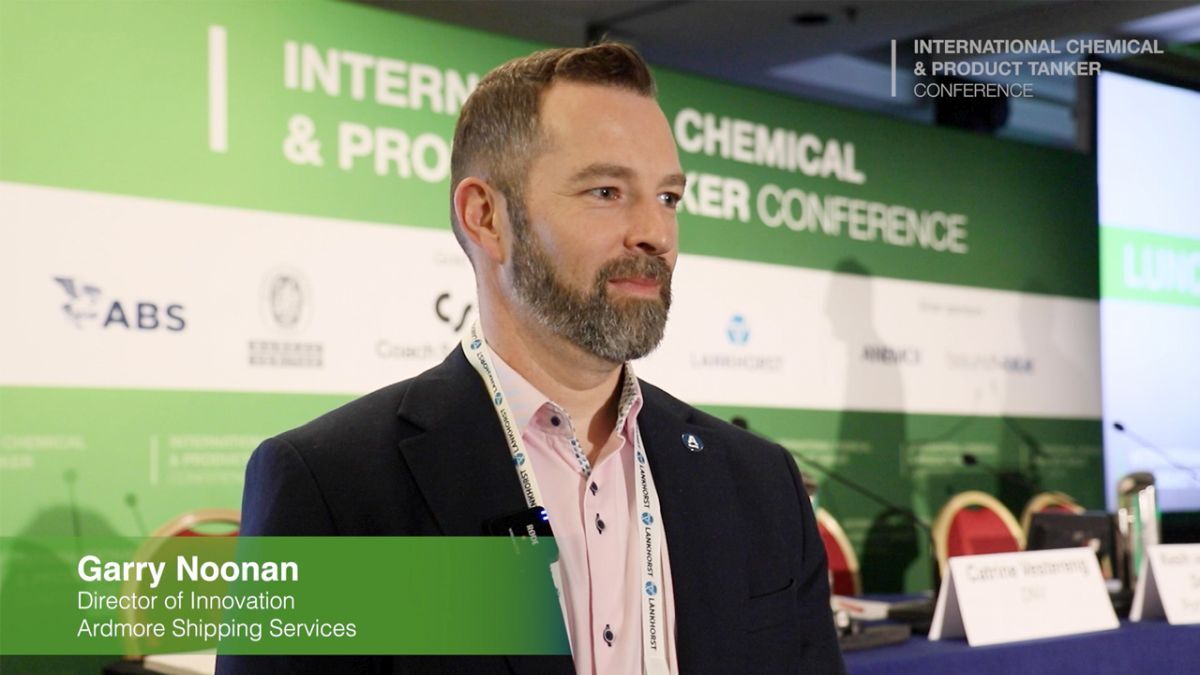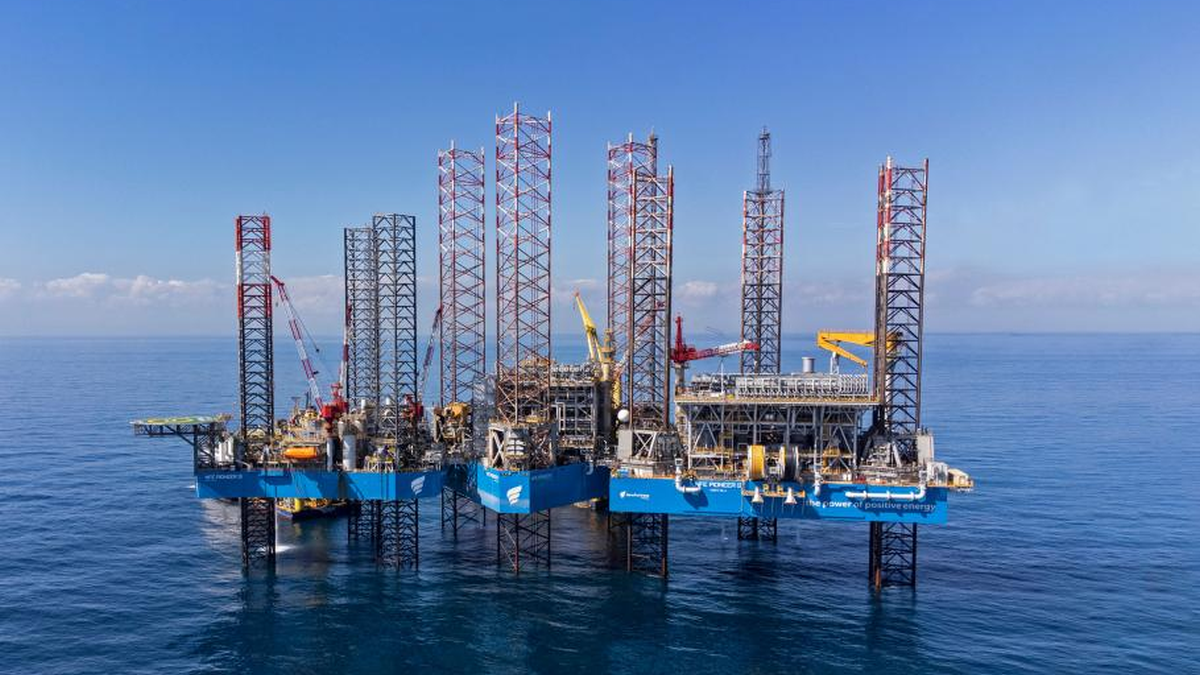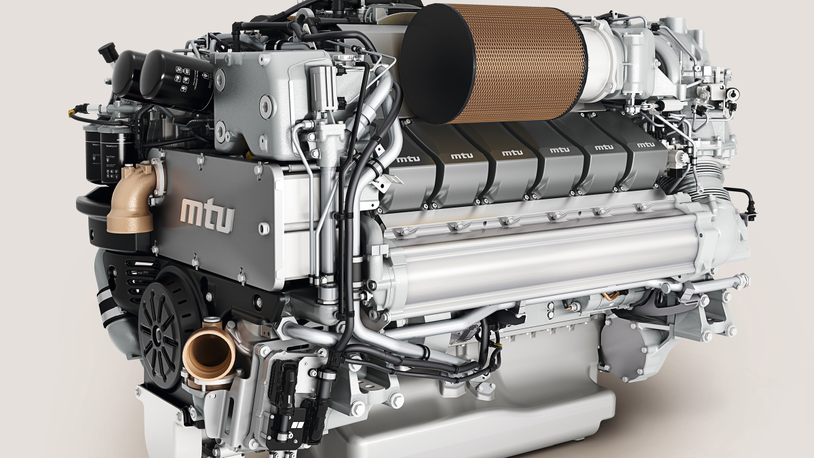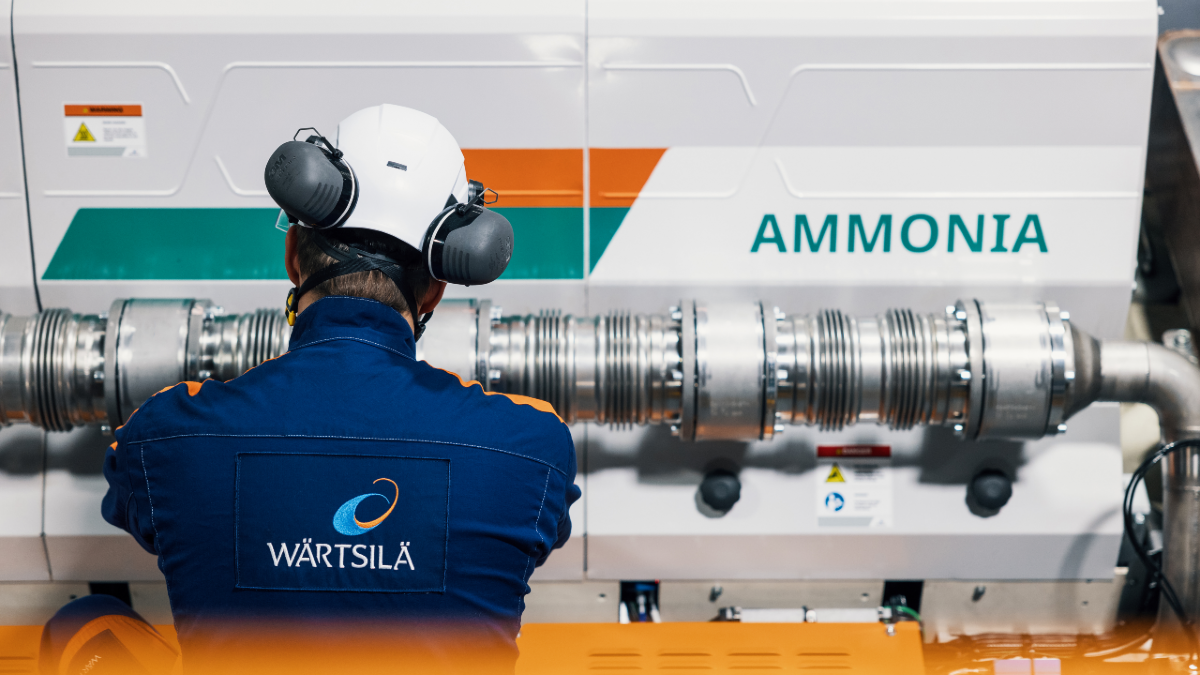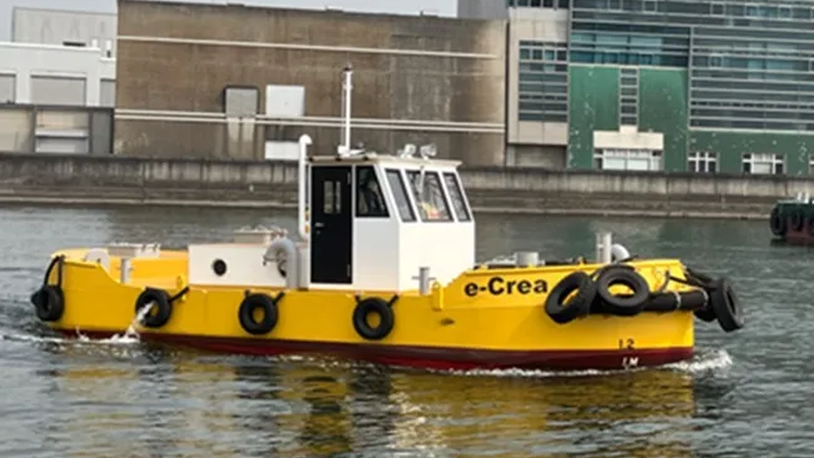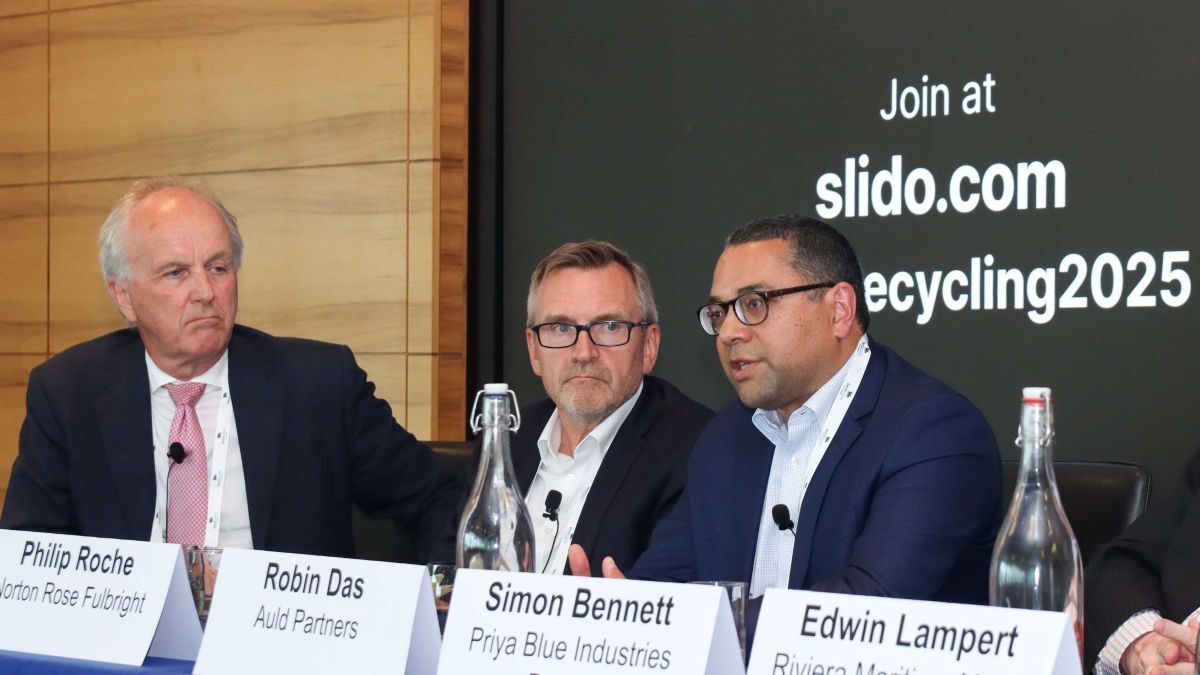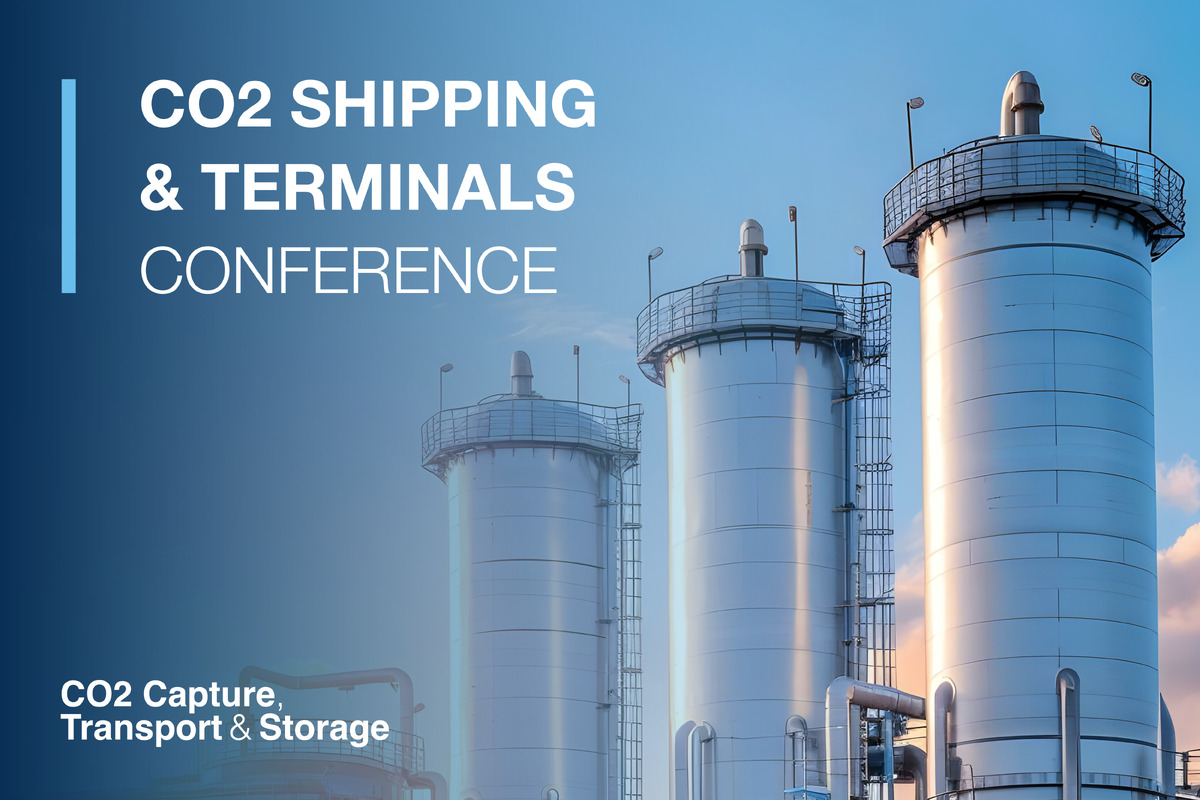Business Sectors
Contents
Specialists create cold ironing connection
ABB and Italian shipbuilding group Fincantieri are to collaborate in producing, marketing and supplying high voltage shore connection (HVSC) systems to provide electrical power for ships in port and reduce emissions.
The ‘cold ironing’ venture targets rising demand from worldwide ports seeking to improve air quality for surrounding communities by enabling ships to shut down their diesel gensets.
Shore connections are now available at ports in the USA (Los Angeles, Long Beach, San Francisco, San Diego, Seattle and Juneau), Canada (Vancouver) and Germany, Sweden, Finland and The Netherlands. Shore connections have reduced annual CO2 emissions in the Swedish ports of Gothenburg, Stockholm, Helsingborg and Pitea by 6,000 tonnes annually, according to the Swedish Environmental Research Institute IVL.
“ABB successfully delivered the world’s first shore connection to the port of Gothenburg in January 2000,” says Veli-Matti Reinikkala, head of the group’s Process Automation division. “By combining our know-how and innovative capabilities with Fincantieri we can develop reliable solutions that lower the environmental impact of shipping.”
An HVSC can reportedly cut the fuel consumption of a large cruise ship during a 10-hour stay in port by up to 20 tonnes and reduce carbon dioxide emissions by 60 tonnes: equivalent to the total annual emissions of 25 European cars.
The new systems developed by ABB and Fincantieri will meet all current international standards and can be installed on newbuildings or by retrofit while docked or at sea.
The partners are already collaborating through Seastema SpA, a joint venture company tasked with designing and developing integrated automation systems for marine applications.
• Wider adoption of cold ironing by ports will follow a recognised industry global standard that can be uniformly applied. A specification is planned for release in 2009, based on the current draft standards of the International Electrotechnical Committee, the ISO, and the Institute of Electrical and Electronic Engineers.
ABS, meanwhile, has refined its standards for cold ironing in response to growing pressure from ports, particularly in the USA, with an emphasis on the safety of hook-ups onboard.
“Among the key ABS requirements are that there should be a means to check incoming power, there should be circuit protection ashore and onboard, and that both are co-ordinated,” explains ABS Engineering Systems principal engineer Greg Zidiak.
“The step-down transformer must be shielded and shore and ship power should be synchronised both ways. Equally important are the discharge and earthing arrangements, with proper conversion and clear marking of high voltage areas onboard ship.”
The ABS Guide for Cold Ironing is available from the classification society’s website (www.eagle.org).
Related to this Story
Events
Reefer container market outlook: Trade disruption, demand shifts & the role of technology
Asia Maritime & Offshore Webinar Week 2025
Marine Lubricants Webinar Week 2025
CO2 Shipping & Terminals Conference 2025
© 2024 Riviera Maritime Media Ltd.



